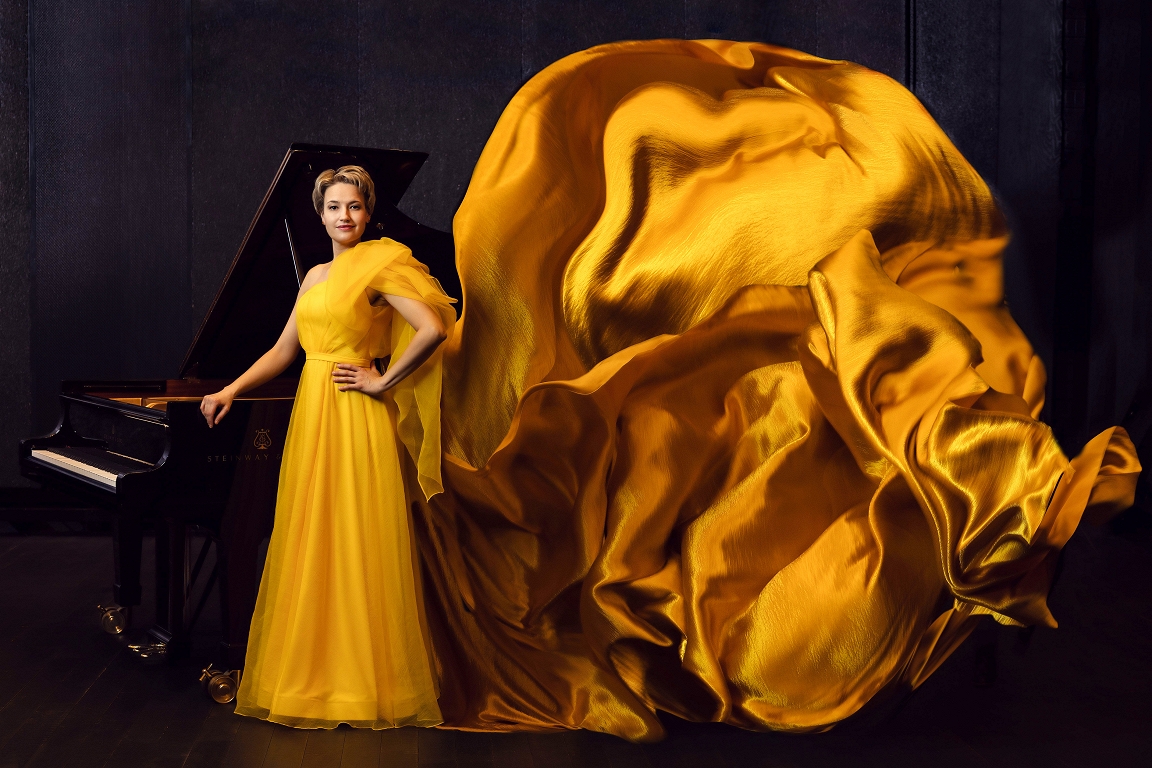« Mariana’s room » by Emmanuel Finkiel: War cache – Liberation

We see what aroused the desire for a film in Emmanuel Finkiel in Mariana’s room, THE novel ofAHARON APPFELD. This evidence is done gradually, as the situation settles down, that the optical device intensifies, which is more and more embodied (fills with images, sensations) the precise way in which things are given to us to see. It is the layout of the places – three communicating spaces – which makes the story and which orders the staging. The cupboard, the bedroom, the outside. Outside, it is apparently the Ukrainian city of Czernowitz, in 1943, occupied by Nazi Germany. One night, Hugo, a 12 -year -old boy, is entrusted by his mother to his childhood friend Mariana. He is Jewish, she is not. She works as a prostitute in a brothel, where German soldiers and local collaborators parade. Mariana therefore collects Hugo in her room, secretly from the rest of the house, and makes him a clandestine bed in the narrow and without light, which closes by a small door, where she puts her clothes. There, lying among the dresses in the dark, Hugo passes the whole end of the war.
This third space is the dark heart of the film, the source of its point of view, the place (at the same time as the reverse) of all that it makes us perceive. The exterior first manages to






/s3/static.nrc.nl/images/gn4/stripped/data133306951-418567.jpg|https://images.nrc.nl/Aqhex4vuXDkTG2ibAuxQ999h3pQ=/1920x/filters:no_upscale()/s3/static.nrc.nl/images/gn4/stripped/data133306951-418567.jpg|https://images.nrc.nl/IUxmNDWQ6SsEQ92WXa797HqINn0=/5760x/filters:no_upscale()/s3/static.nrc.nl/images/gn4/stripped/data133306951-418567.jpg)
